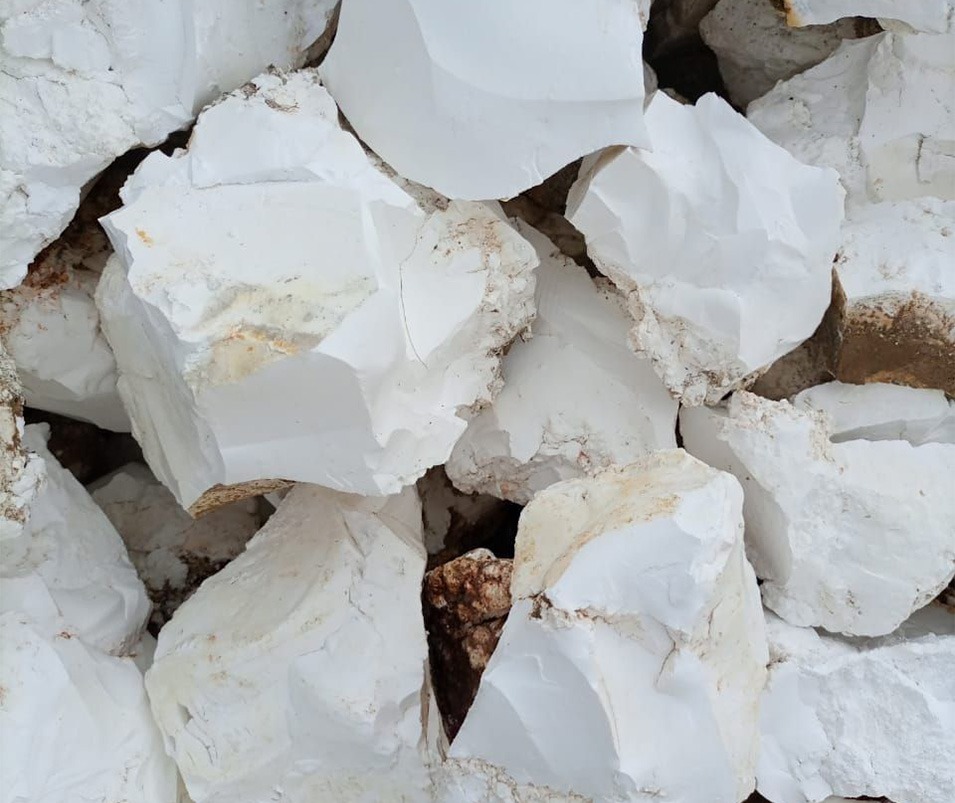ISLAMABAD: The indigenous processing of magnesite, a key raw material in various value-added products, can contribute greatly to improving the trade balance in shape of reduced import bill, experts said.
Muhammad Yaqoob Shah, Principal Geo-Scientist in the Global Mining Company Islamabad, and former General Manager of Geology at Pakistan Mineral Development Corporation (PMDC), said while talking to WealthPK that magnesite ore can be found in many types of rocks: sedimentary, metamorphic, igneous, etc. It is formed during contact, regional, or metamorphosed activity in magnesium-rich rocks, i.e., serpentinite, peridotite, etc. He said 100% presence of magnesium carbonate without any calcium traces in limestone turns it into magnesite.
“Sometimes small amounts of manganese, cobalt, nickel, and iron may occur with it as admixtures. It is abundantly found all over Pakistan,” Yaqoob said.
Assistant Director Geological Survey of Pakistan Yasir Shaheen Khalil told WealthPK that magnesite is found at many places in Pakistan, i.e., Bela, Khuzdar, Muslim Bagh, Dargai, Kumhar, Mohmand, Bajaur, etc.
“Wherever chromite was found in Pakistan, magnesite was reported to be found in its vicinities. It is used as the main source to obtain magnesium and magnesia. Both of them are used widely at an industrial scale,” he said.
Yasir said magnesite is exported from Pakistan in just a raw or little value-added form, i.e., impurities clearance, cutting of large pieces, and little grinding to shape the big pieces and boulders.
“No plant to process magnesite is installed in the country to extract multiple elements from it. It is important to produce magnesia and other valuables from it indigenously. It will help to cut down the import cost of many extracted valuables from magnesite,” he said.
“The involvement of the private sector is the most important part to establish the magnesite processing industry. It will help create job opportunities and strengthen the socio-economic aspect of the mining sector,” he added.
Former chairman of All Pakistan Commercial Exporters Association (APCEA) Zakir Ullah said that along with the industrial benefits, gem-quality magnesite is also used in jewellery pieces and to craft/adorn artefacts.
“It is rare, but due to impurities can be of many hues, i.e., white, yellowish brown, and grey. Magnesite crystals are colourless in pure form. Its tri-dimensional perfect cleavage makes cutting extremely difficult and this is the reason that faceted stones are scarcely seen,” he pointed out.
Imran Babar, a gemmologist and miner, told WealthPK that, similar to bromine, sodium, chlorine, and magnesium, magnesite, can also be extracted from seawater.
“It can also be obtained through solar evaporation from magnesium-containing brines, concentrated in large ponds. Deposits of magnesite are abundantly found in the country. Kumhar mine in Khyber Pakhtunkhwa province is a world-famous magnesite deposit in Pakistan. It is a sizeable deposit having about 46% viability,” he pointed out.
Imran said magnesite is usually formed by the alteration of rocks rich in magnesium due to chemical weathering. It is mined mostly through conventional methods. Processing of magnesite is not complicated and its units can be established easily. It involves investment, but the prospect of high output is lucrative.
International market for magnesite is projected to grow at the compound annual growth rate (CAGR) of 5.6%, worth $15.2 billion by the year 2027 from a CAGR of 4.3% worth $11.7 to $12.2 billion in 2022-2023. Pakistan exported magnesite in multiple forms worth $1.63 million to Egypt, China, the UAE, Greece, Oman, Bangladesh, Indonesia, Malaysia, Spain, and India in 2021. In the same year, Pakistan imported magnesite worth $1.43 million from China, Japan, Europe, Germany, France, Brazil, Turkey, Russia, etc.
Magnesite is widely used for a variety of industrial purposes, i.e., as a catalyst and filler to produce synthetic rubber, as a material to produce fertilisers, binding agent for flooring, and to prepare magnesium chemicals. It is an important refractory material. Its bricks are ideal to line incinerators, blast furnaces, industrial ovens, and kilns. Due to its extremely high melting point, it is considered an ideal material in furnaces used to make steel, ceramics, and metallurgical processes. Magnesite is also used to craft beads, small lapidary projects, cabochons, and tumbled stones.
For the development of the industrial sector in the country, it is important to extract all the locally available raw materials from all principal sources. The export of processed material and finished articles will lead to an increase in foreign exchange.






